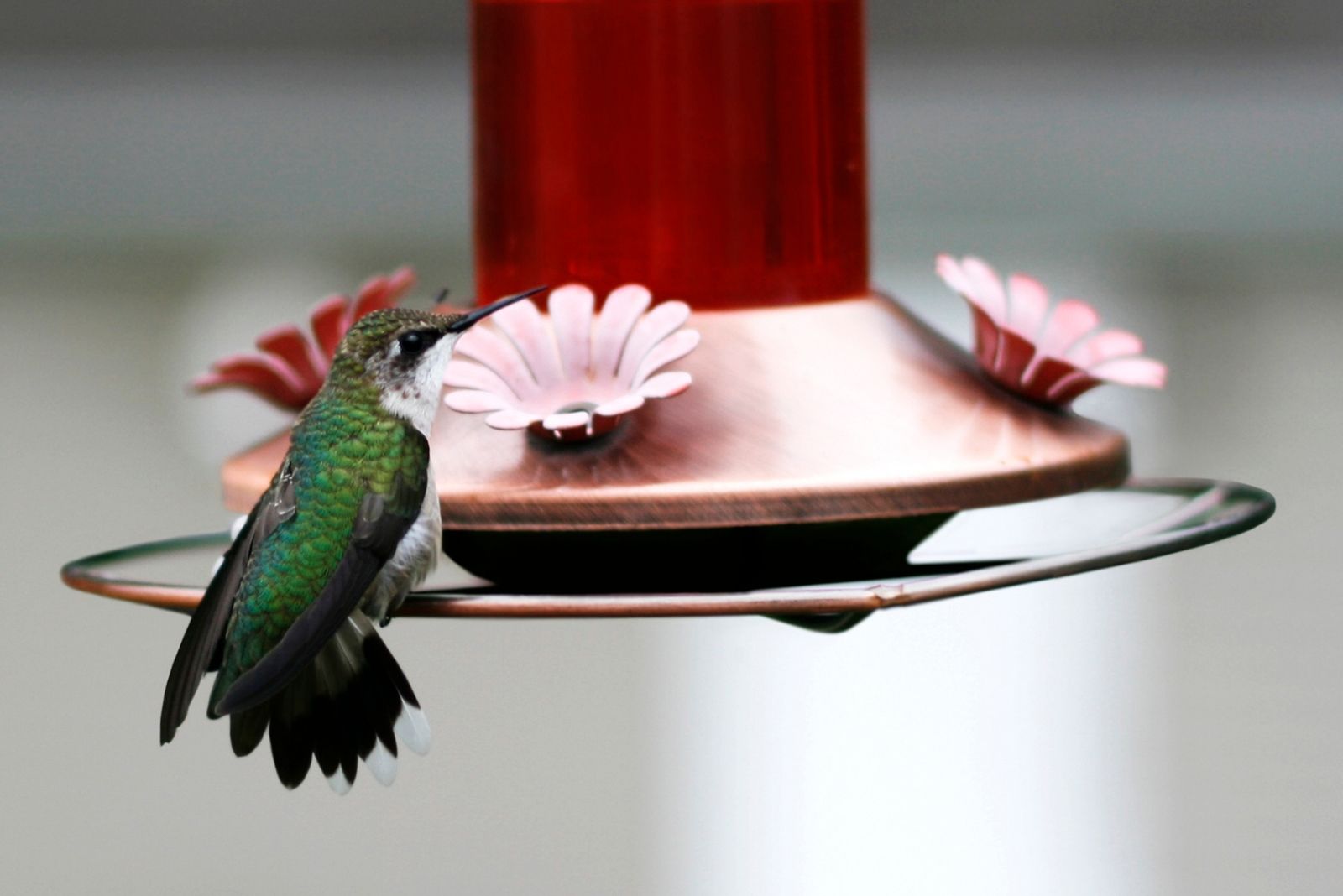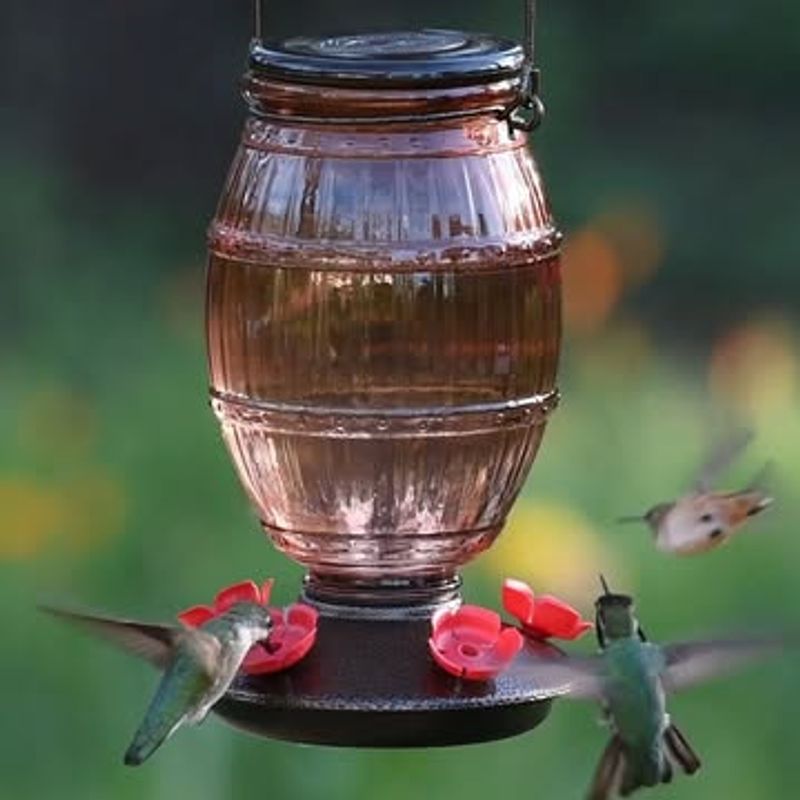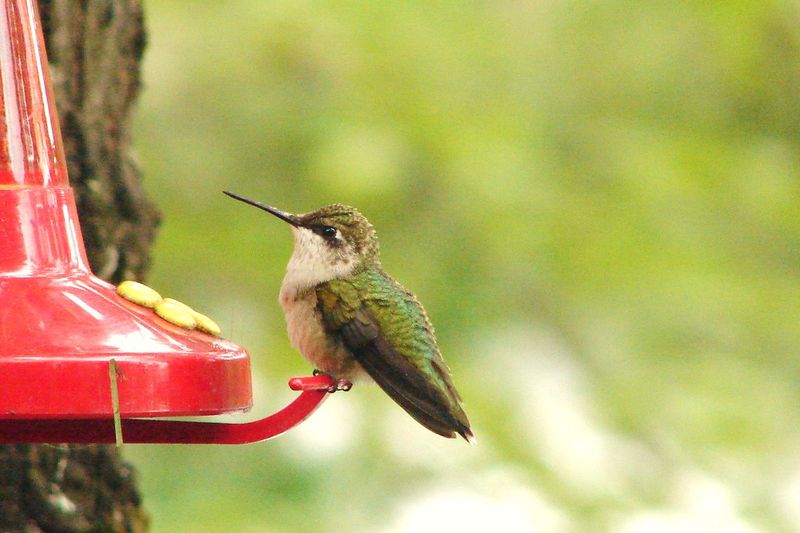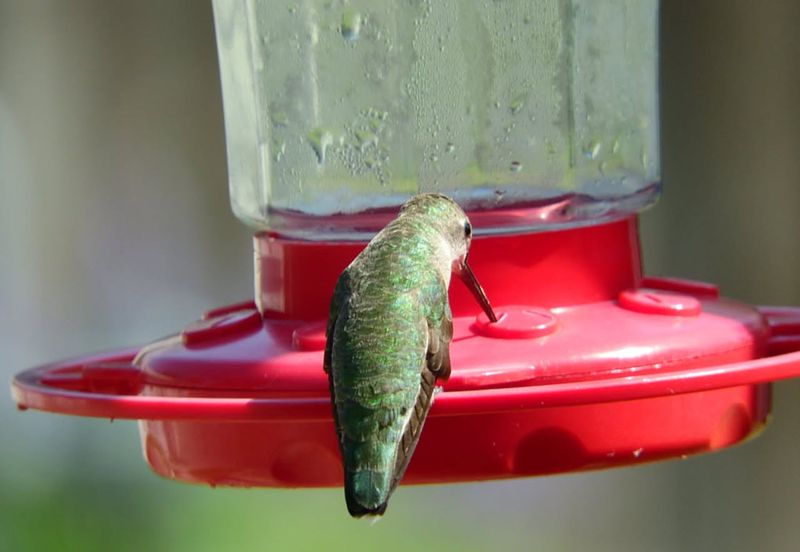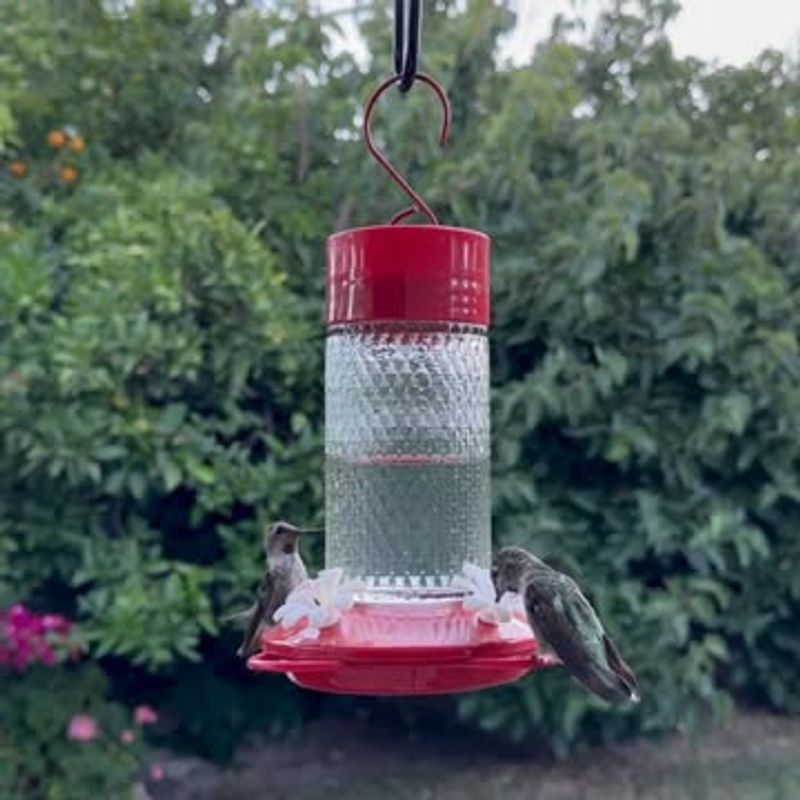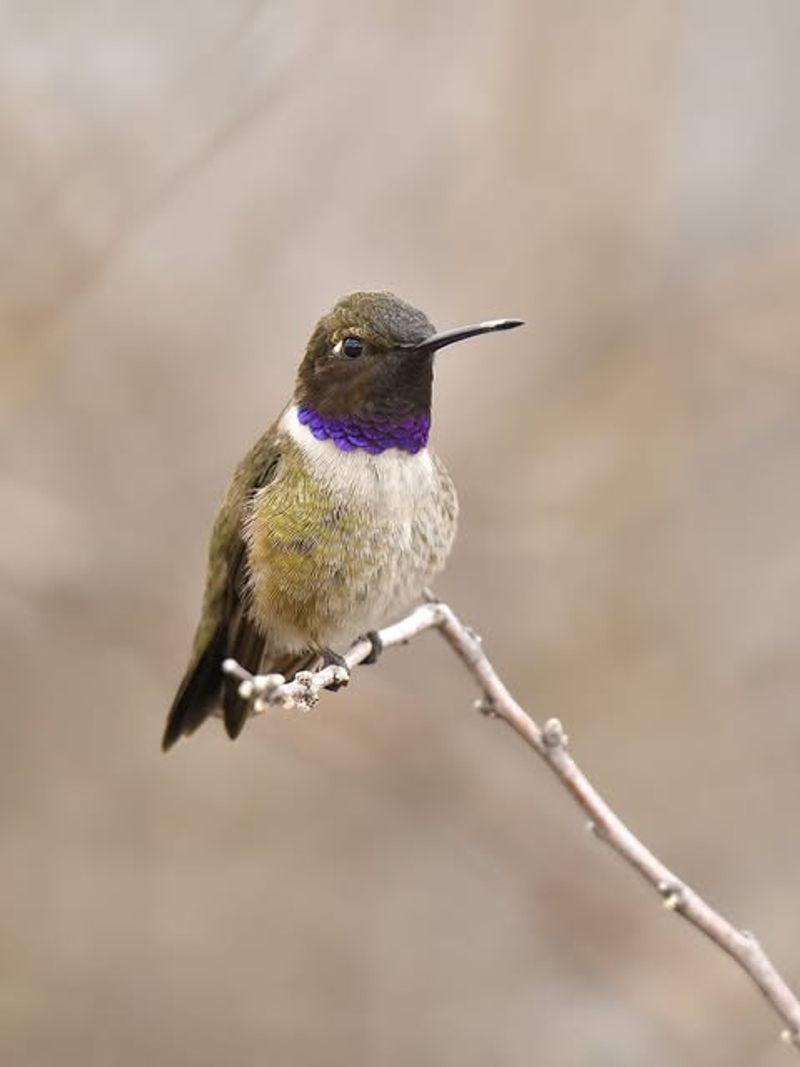Hummingbirds are amazing little visitors that brighten up Indiana yards every summer with their colorful feathers and lightning-fast wings. But knowing when to remove your feeders is just as important as putting them up in the first place.
Timing matters because it helps these tiny travelers migrate safely while keeping your yard ready for their return next spring.
1. Wait Until Late October Or Early November
Most hummingbirds leave Indiana by mid-September, but stragglers often pass through later. Keeping feeders up through October ensures these late travelers have fuel for their journey south.
Ruby-throated hummingbirds, the most common species in Indiana, need every energy source they can find during migration. Your feeder might be the difference between a successful trip and exhaustion.
Early November is typically safe for removal since freezing temperatures make maintaining liquid nectar nearly impossible anyway.
2. Watch For Rare Late-Season Visitors
Occasionally, western hummingbird species like Rufous or Calliope hummingbirds wander into Indiana during fall migration. These unexpected guests sometimes appear in November, searching for food before continuing their journey.
Birdwatchers across the state report sightings of these rarities well into late autumn. If you spot one, your feeder becomes a lifeline.
Keeping your feeder available a bit longer could help save an off-course traveler who desperately needs nourishment before winter arrives.
3. Temperature Drops Signal Removal Time
When nighttime temperatures consistently dip below freezing, nectar starts turning into sugary ice cubes. Frozen feeders become useless to birds and can even crack or break from expanding ice.
You can bring feeders inside overnight and rehang them during warmer daylight hours if you want to help late migrants. However, this requires daily commitment and effort.
Once temperatures stay below freezing all day, it’s nature’s clear signal that feeder season has officially ended for the year.
4. Don’t Worry About Delaying Migration
A common myth suggests that leaving feeders up too long prevents hummingbirds from migrating south. Science proves this completely false—instinct and daylight changes trigger migration, not feeder availability.
Hummingbirds possess internal biological clocks that tell them exactly when to leave, regardless of food sources. Your feeder won’t confuse or delay them.
Actually, keeping feeders up longer helps birds build fat reserves they need for their incredible journey across the Gulf of Mexico.
5. Clean Feeders Before Storing Them Away
Before packing your feeder for winter, give it a thorough cleaning with hot water and white vinegar. Mold, bacteria, and old nectar residue can build up in tiny crevices and ports.
Scrub every part with a bottle brush, rinse completely, and let everything air dry before storage. Clean feeders last longer and stay safer for birds.
Store your feeder in a dry place where it won’t crack or get damaged, ready for next spring when hummingbirds return to Indiana.
6. Mark Your Calendar For Next Spring
Indiana homeowners should plan to hang feeders back up by mid-April when ruby-throated hummingbirds start returning from their winter homes. Early arrivals need immediate food sources after their exhausting migration.
Males typically arrive first, scouting territories and food sources before females show up. Your feeder helps them establish their summer home.
Setting a phone reminder or calendar note ensures you won’t forget and miss those magical first sightings of returning hummingbirds next year.
7. Consider Year-Round Feeding In Southern Indiana
Southern Indiana counties occasionally host overwintering hummingbirds, especially near the Ohio River valley. Warmer microclimates and available food sources sometimes convince birds to stay through winter.
If you live in this region and spot a hummingbird in December or January, keep your feeder up and report the sighting to local birding groups.
You’ll need to prevent freezing by using heated feeders or rotating feeders between indoors and outdoors throughout each day.
8. Join Local Birding Communities For Updates
Indiana has active birdwatching groups on social media and websites that share real-time hummingbird sightings and migration updates. Following these communities helps you make informed decisions about feeder timing.
Members often post when they spot their last hummingbird of the season or notice unusual late visitors. This crowdsourced information proves incredibly valuable.
Connecting with fellow bird enthusiasts also makes the hobby more enjoyable and educational, turning solitary observation into shared community excitement and knowledge.

